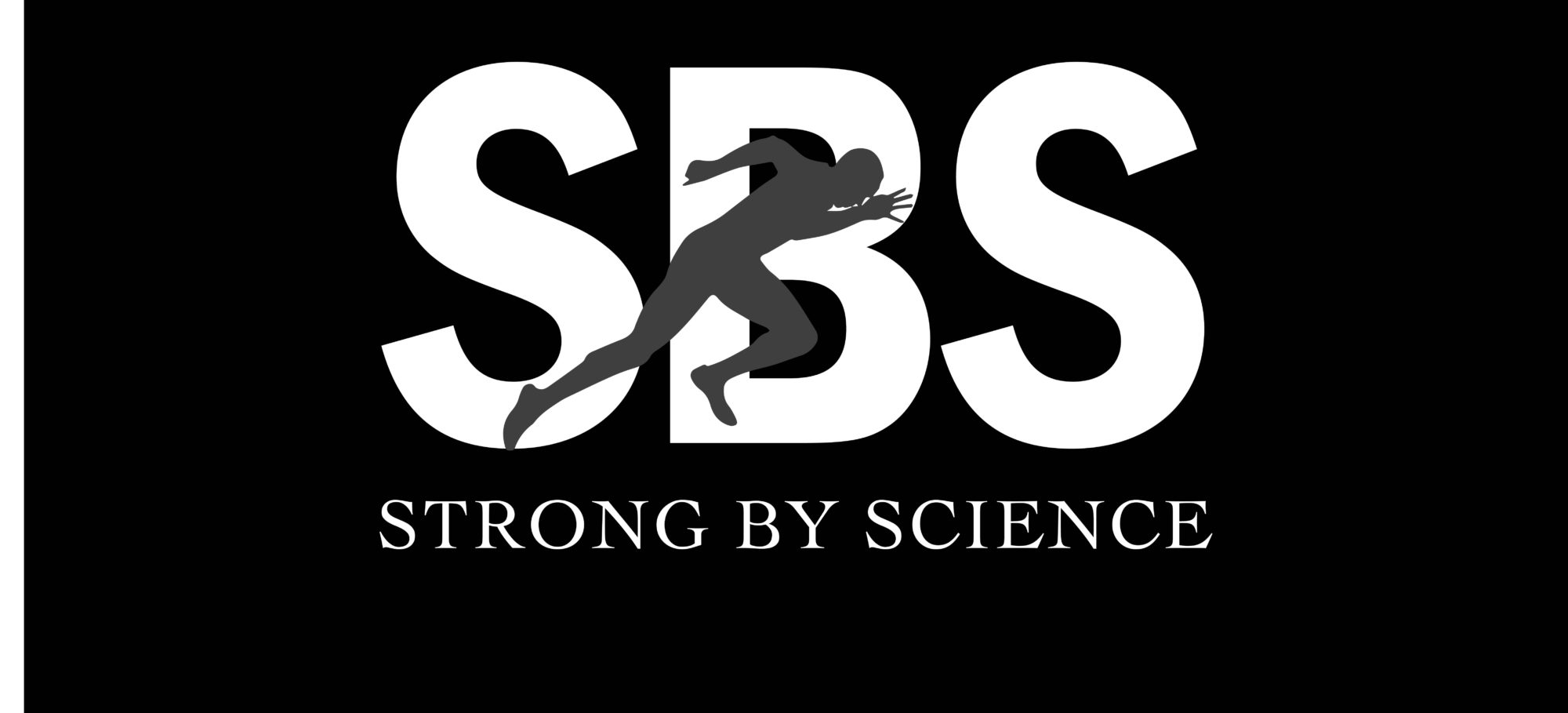Auto-regulatory training is a pretty straightforward concept. It hinges on the idea of not just showing up and doing something on a lift-card just because it was written on the lift-card. Instead, you might have a workout on the lift card, but you use some sort of test to determine whether or not you think what is written on the card is actually what you should be doing that day. Now, instead of using auto-regulation to completely change your entire training day, you can use it in many other different facets. Fore example, you can use auto-regulation to assign what load you should be lifting today, how many reps you should lift a load for, or how long you should rest between loads.
Personally, I see value in all types of auto-regulatory training. However, not all types of auto-regulatory training are useful in all situations. For example, the more complex the auto-regulation gets, the more supervision and trust is required. This is the exact reason why it may not always be best to do the most invasive form of auto-regulation… you just don’t have the time to do it for 30 athletes. So, what can we do?
First off, we need to define what we are training for and how we are going to train for it. Use training for power as an example…Typically, we train for power with maximal intent and high quality repetitions. If we want to build power, we need quality and well, for the most part, quality suffers at hands of fatigue. Either athletes do too much or rest too little to keep velocity and therefore, power high enough. We can’t always control effort, but we can somewhat control recovery via rest times. This is where auto-regulating rest intervals comes in to play. If we make sure athletes are rested for the next set, we know we have the full capacity to develop power (effort is another story)
 A simple pen and paper can do the trick. Continue reading “Auto-Regulatory Training and Jump Heights”
A simple pen and paper can do the trick. Continue reading “Auto-Regulatory Training and Jump Heights”




 A simple pen and paper can do the trick.
A simple pen and paper can do the trick.
You must be logged in to post a comment.